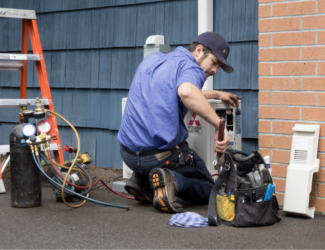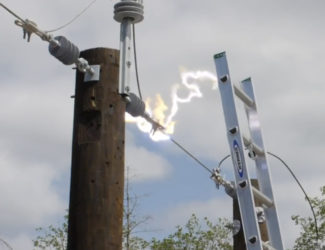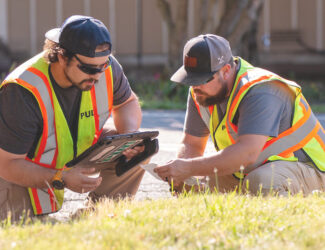
How to read your electric meter
Your electric meter is a precise device that records the units of electricity (kilowatt-hours) used in your home.
Analog electric meters
Correctly reading your analog electric meter can be confusing for a variety of reasons.
First, many residential electric meters have analog meters with five dials, but some may have only four. Then, the dial hands don’t all turn in the same direction – some rotate clockwise while others rotate counterclockwise because of internal gearing (see illustration below). (Good news if you have a digital meter because they are easy to read, see below!)

When recording a reading for an electric meter, start with the dial farthest to the right. If the dial hand (pointer) is between two numbers on the dial, record the smaller number. Then, record the dial to the left of it. Continue recording the numbers of the dials from right to left. Although some meters only have four dials, the concept is the same.
When a dial pointer makes a complete revolution, it moves from zero through nine and back to zero. Once it returns to zero, it has made one complete revolution. This causes the pointer on the dial to the left to move to the next higher number. Each dial affects the dial to the left of it. For this reason, the numbers are recorded from the right dial to the left dial, beginning with the dial on the farthest right.
Some customers who use large amounts of energy have meters that require the reading to be multiplied by a specific number to figure the actual kilowatt-hours. To find out if you have a multiplier greater than one, check the space on your bill that is labeled meter multiplier.
If you are taking daily readings, try to take them at the same time each day. In that way, each reading will indicate a full day’s usage.
Basic rules to analog meter reading
The basic rules of reading a meter are:
- Always record the dial numbers of a meter beginning with the far right dial, moving next to the dial on the left.
- If a dial’s pointer is between two numbers, record the smaller number.
- Always record one less than the pointer indicates if the pointer on the dial to the right is not past the zero.
The third rule is the most difficult. It applies to whenever a dial’s pointer appears to pointing directly to a number on the dial. Whenever this situation occurs, you must check the dial to the right. If that dial’s reading was an 8 or 9, that means the pointer hasn’t made a complete revolution.
Therefore, on the dial you are recording, the pointer hasn’t quite moved to the number at which it appears to be pointing. If this is the case, then always record one number less than the pointer indicates.
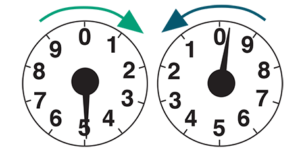
Look at the two dials above. It looks like the dial on the left could be read as a “5,” but the pointer on the dial to the right has not made a complete revolution. The pointer on the dial to the right has passed “9” but it hasn’t yet passed “0.” The dial to the right is read as a “9,” so the left dial reading must be read as the lower number – in this case, a “4.”
Here is a sample reading

The reading above is 66,498 kilowatt-hours.

The new reading above is 66,649. The difference (151 kilowatt-hours) is the amount of electricity used between meter readings.
You can’t receive an accurate bill if your meter can’t be read. Please be considerate and provide safe, unobstructed access to the meter. If you have anything that might pose a problem to reading your meter accurately, please contact our Customer Service Department so we can make arrangements for reading your meter.
Digital electric meters
Many customers have a digital meter on their homes or businesses. Digital meters can display a variety of information.
For most residential customers, the display will show total kilowatt-hours (kWh) consumption. The digital display is like your car’s odometer: the more miles you drive, the more miles are shown on the odometer. With a digital meter display, the more kWh you use, the higher the number that is displayed on the meter. In addition to the total kWh used, the meter will display a segment check screen used by our field personnel to verify the screen is showing all digits. The meter will scroll between the segment check (1 to 3 seconds) and the total kWh reading (3 to 7 seconds).
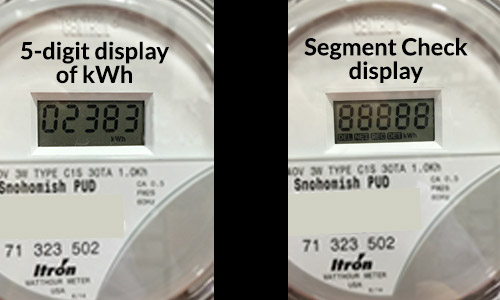
To find out your energy usage, record the 5-digit display and then check the meter again the next day. The difference is the number of kilowatt-hours you used in one day. The PUD reads meters once a month.




